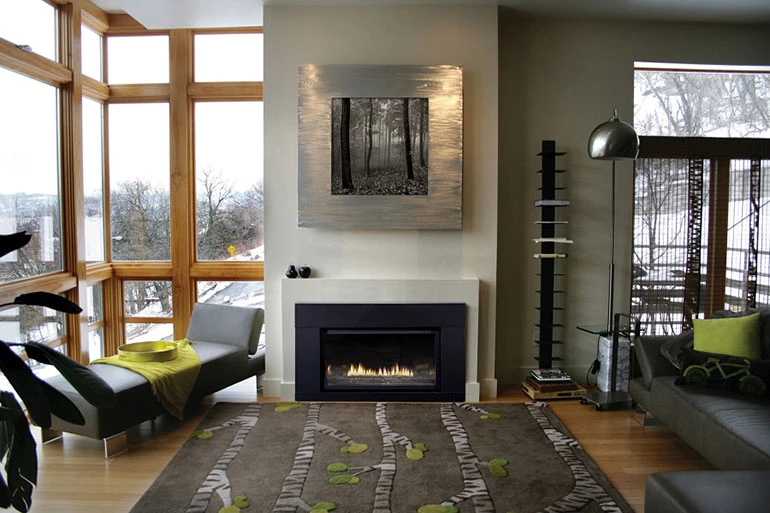Gas Fireplace Inserts Buyer's Guide
Do you want to upgrade your wood-burning fireplace, but don't want the stress that comes with a full renovation of a portion of your home? A gas fireplace insert might be your best choice! Designed to go into an existing fireplace, these appliances offer the best of both worlds.
But, how do you know which insert is right for you? With dozens of manufacturers and models out there, eFireplaceStore is here to help you find the right one for your needs.
What are Gas Fireplace Inserts?
A gas fireplace insert is a unit that retrofits into an existing masonry fireplace or any prefabricated, factory-built fireplace that carries the correct rating. Fireplace inserts are a more affordable, painless option with relatively quick installation in comparison to completely redoing a fireplace and chimney. Additionally, fireplace gas inserts can burn either natural gas or liquid propane.


